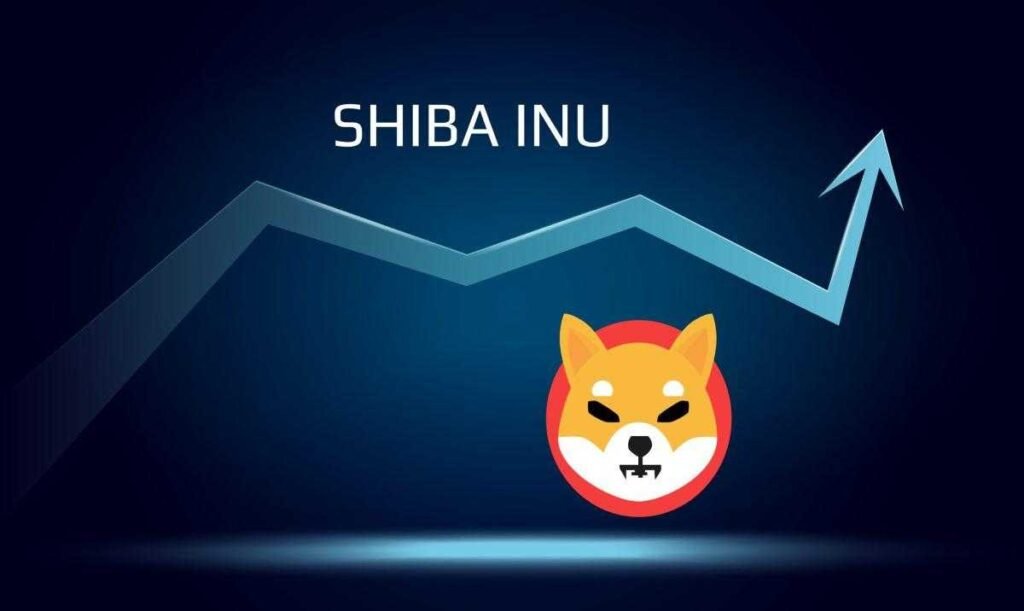Master Sales Forecasting with proven methods, AI techniques, and expert insights to plan smarter, boost growth, and stay ahead in business.
Interviewer: Hey Mercy, so great to have you back! Last time, you mentioned how much you love planning ahead. Do you still stick to that habit?
Mercy Jayapalan:Oh, definitely! It’s like when I’m making biryani for a family gathering — I gather all the ingredients and prep everything the night before. That way, when the big day comes, things flow smoothly. It’s the same with business: if you don’t plan, you’re asking for trouble.
What Is Sales Forecasting, Really?
Interviewer: That’s such a perfect example! So today, let’s talk about sales forecasting. How would you explain it in simple terms?
Mercy Jayapalan:Simply put, sales forecasting is guessing how much you’ll sell in the future. It could be next month, six months, or even years ahead. It’s like checking the weather before you plan an outdoor party—you want to be ready. For businesses, this means making smarter decisions, managing stock better, and avoiding last-minute chaos.
Short-Term, Medium-Term & Long-Term: Breaking Down Sales Forecasting Timeframes
Interviewer: I love that—planning like checking the weather. Now, I often hear about short-term, medium-term, and long-term sales forecasting. How do these differ?
Mercy Jayapalan:Good question. Short-term sales forecasting usually looks ahead a few months—say, 3 to 6 months. This helps businesses prepare for things like holiday rushes or seasonal changes, like a clothing store getting ready for winter jackets in December.

Meanwhile, medium-term forecasting stretches to about 6 to 12 months and helps with bigger plans, like launching a new product or adjusting marketing campaigns. Then, long-term forecasting is more like 2 to 5 years out. It’s for big-picture goals—think of a car company planning to launch electric vehicles or a café planning to open new branches.
Methods of Sales Forecasting: How Do Businesses Predict the Future?
Interviewer: So each timeframe has its own purpose, right? How do businesses actually do this forecasting? What are the main methods of sales forecasting they use?
Mercy Jayapalan:There are two main approaches: one is based on experience and opinions, which we call qualitative forecasting, and the other relies on numbers and data—known as quantitative forecasting.
For instance, qualitative methods involve asking industry experts for their predictions, surveying customers about their buying intentions, or gathering insights from sales teams who are in direct contact with customers.
On the other hand, quantitative methods focus on analyzing past sales data—like calculating averages or applying statistical models to predict future trends. Many businesses combine both methods of sales forecasting to get a more complete and accurate picture.
Various Sales Forecasting Techniques in Action
Interviewer: That makes sense. Can you give examples of various sales forecasting techniques in practice?
Mercy Jayapalan:Absolutely! For example, a bookstore might look at how many cookbooks it sold last December and then predict a 10% increase this year using a time series technique. A tech startup launching a new gadget might use customer surveys to gauge demand—that’s a market research approach.
Also, when companies build regression models using historical data to forecast sales, that’s a classic statistical technique. These various sales forecasting techniques help businesses stay grounded in reality while remaining flexible to change.
Emphasis on AI in Sales Forecasting: A Game Changer
Interviewer: And I’ve been hearing a lot about AI in sales forecasting lately. How does AI fit into all this?
Mercy Jayapalan:AI is really shaking things up! Imagine software that can instantly analyze massive amounts of data—customer buying habits, market trends, even social media buzz.
With its ability to spot patterns humans might miss and update forecasts in real time, AI transforms the forecasting process. This emphasis on AI means businesses can react faster and more accurately. It’s like having a super-smart assistant constantly monitoring the numbers for you.
Real-World Impact: Sales Forecasting in Action
Interviewer: That sounds incredible. Can you share a real-world example?
Mercy Jayapalan:Sure! Tesla is a great example—they use AI to track demand and adjust production immediately. Because of this, they avoid overproducing cars, reduce delays, and keep customers happy. It’s a brilliant demonstration of how AI-enhanced forecasting can drive efficiency.
Why Some Businesses Avoid Forecasting (And Why They Shouldn’t)
Interviewer: Before we wrap up, why do you think some businesses hesitate to do sales forecasting?
Mercy Jayapalan:Honestly, forecasting can feel time-consuming and maybe even a bit scary because it’s about predicting the future. However, skipping it is like driving without a map—you might get lost or waste resources.
That’s why it’s better to spend time upfront planning, like prepping ingredients for biryani, so the final outcome is smooth and satisfying. Ultimately, forecasting provides clarity and saves you from costly surprises.
Final Thoughts on Sales Forecasting
Interviewer: That’s such a down-to-earth way to put it. Any last words for our readers?
Mercy Jayapalan:Just this—business isn’t always easy, and the future can feel uncertain. But spending a little time on sales forecasting is like giving yourself a gentle hug of reassurance. It helps you see what’s coming and get ready for it, so you’re not caught off guard. Whether it’s a small step or a big leap, every bit of planning counts.
So be kind to yourself, trust the process, and remember—you’re building something meaningful, one forecast at a time.
Interviewer: Beautifully said. Thanks so much, Mercy, for sharing your time and wisdom with us. Here’s to more clear and confident journeys ahead!

Pingback: ai business solutions for Growth and Innovation -